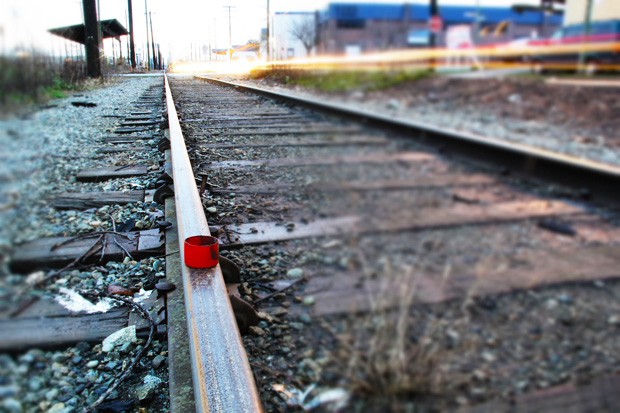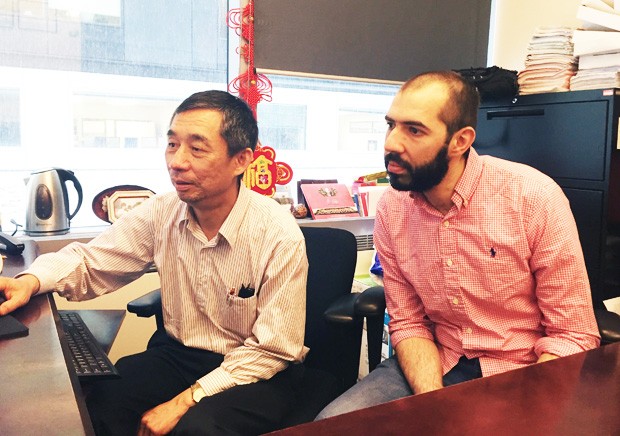Danger rerouted
 Photo by Jabai00 (Flickr Creative Commons)
Photo by Jabai00 (Flickr Creative Commons)
Obviously there are risks associated with transporting hazardous materials by rail. Minimizing them is the focus of a new research project under way in Concordia's Department of Mechanical and Industrial Engineering.
Launched in September, the project is being led by PhD candidate Omar Abuobidalla and co-supervised by engineering professor Mingyuan Chen and Satyaveer Chauhan, associate professor in the John Molson School of Business (JMSB).
The project is funded in part by the JMSB-based CN Centre for Studies in Sustainable Supply Chain Management.
The dangers of transporting hazardous materials garnered urgent public attention after the deadly 2014 Lac-Mégantic train derailment that killed 47 people in the town's downtown core.
"Reducing the risk for populations will be the main benefit of this research," says Chen. He uses the example of a customer with cargo that has to get from Montreal to Winnipeg to illustrate the project’s many considerations.
"The operator has to decide which line to send it through in order to reach Winnipeg in a given time frame," he says.
"They need to respond to the customer quickly, while evaluating the risk if that load is hazardous materials. They will have to avoid populous areas and consider the consequences depending on the type of material in question," he adds.
 From left: Professor Mingyuan Chen and PhD candidate Omar Abuobidalla.
From left: Professor Mingyuan Chen and PhD candidate Omar Abuobidalla.
Using mathematical and scientific methods, the team is working to develop a model that calculates factors like risk and costs in real time.
"Our job is to find optimal solutions that will satisfy all these factors," Chen says.
Phase one of the project got underway in September 2015 and has Abuobidalla developing an optimization model to quickly churn out route options based on a series of complex calculations.
"I'm dealing with the logarithm systems. We have to determine what will work best in the given time window — each order has a time window when the goods need to be delivered to the customer, so that's the difficulty," Abuobidalla explains.
Further complicating matters is the fact that railway companies move goods not just by rail, but by an intermodal network also involving trucks and storage facilities.
"The risks associated with railway transportation, truck transportation and storage have to be considered differently, and you put all the factors into this computerized mathematical analysis to help decision-makers," Chen says.
Phase two will focus on the design of an intermodal network, which Abuobidalla considers the most innovative aspect of the project.
"There's more opportunity to reduce risk if we focus on the network design. From an academic point of view, there are few people working in this area, especially when it comes to the transportation of hazardous materials," he says.
"If you add or remove a link, what impact will that have? We believe this research will be in demand by both the company and in general."
Chen says that while it would be "very ambitious" to say the model could prevent a tragedy like what occurred in Lac-Mégantic, he does hope that it will mitigate the dangers posed to communities and the environment.
"If an incident like Lac-Mégantic were to happen again, our hope is that the impact will be much reduced because the risk will be calculated along with the path through which hazardous materials are sent."
Find out more about the CN Centre for Studies in Sustainable Supply Chain Management.


